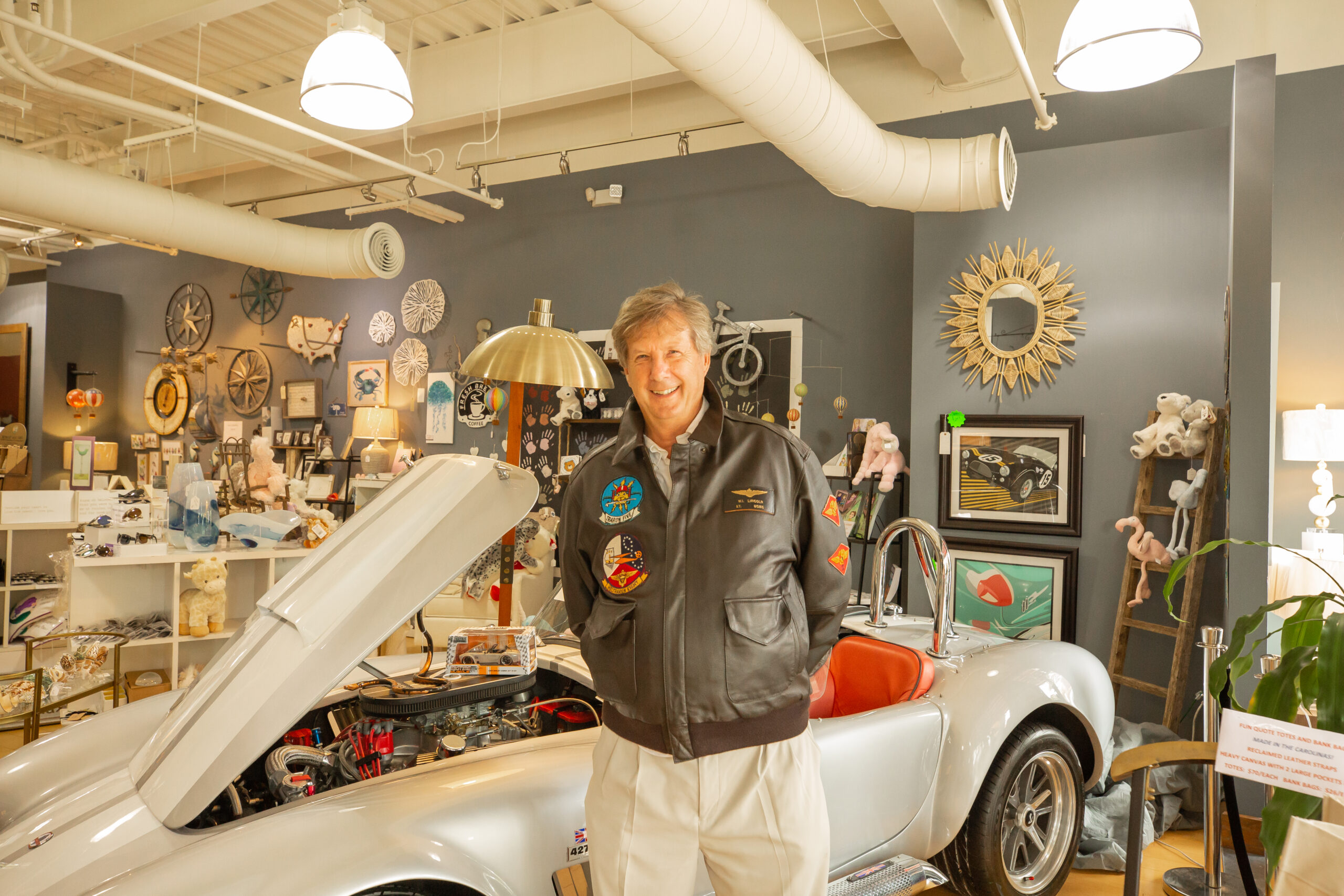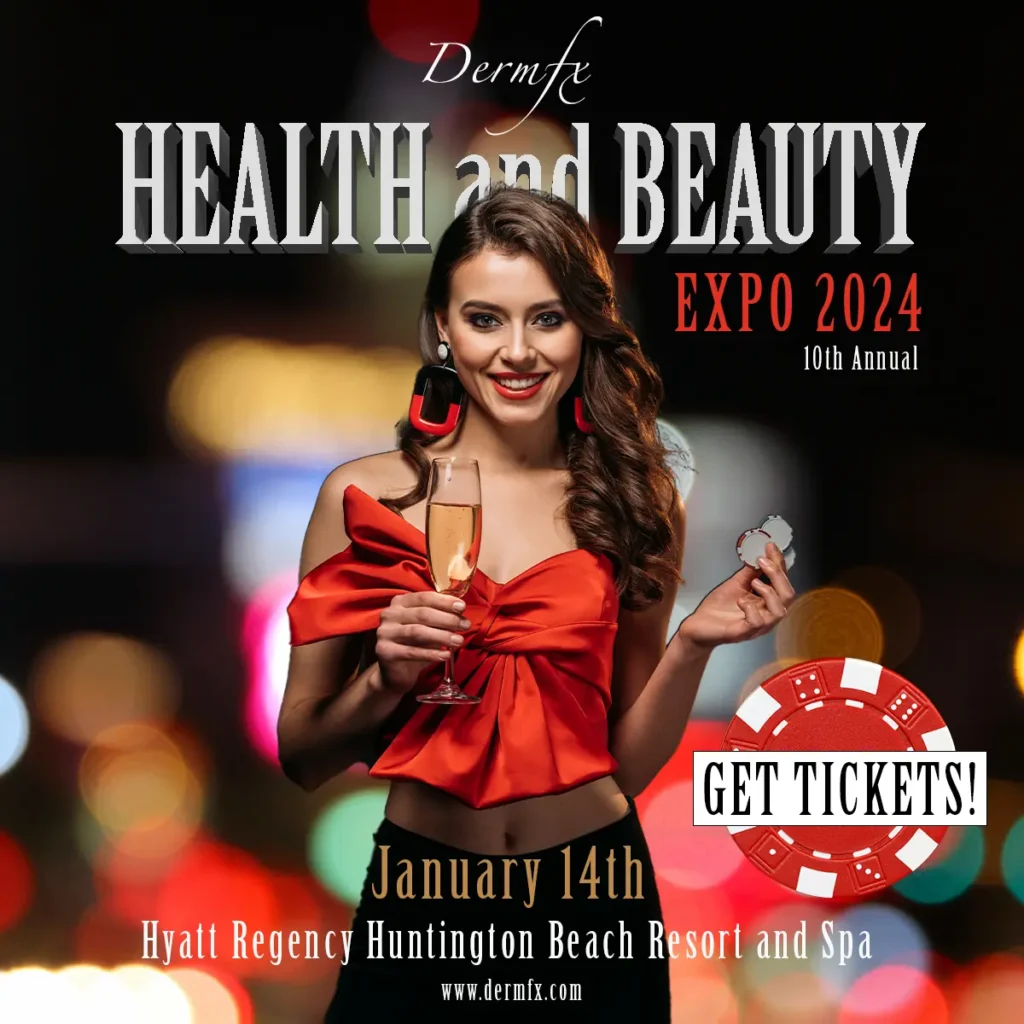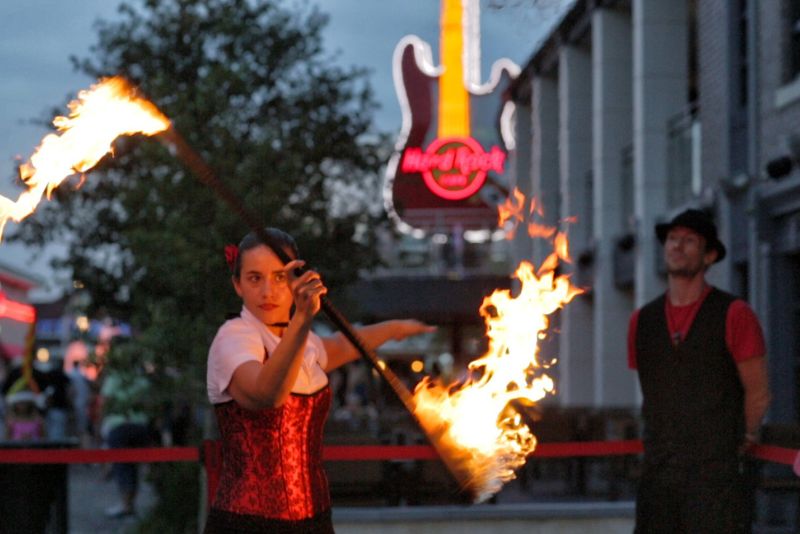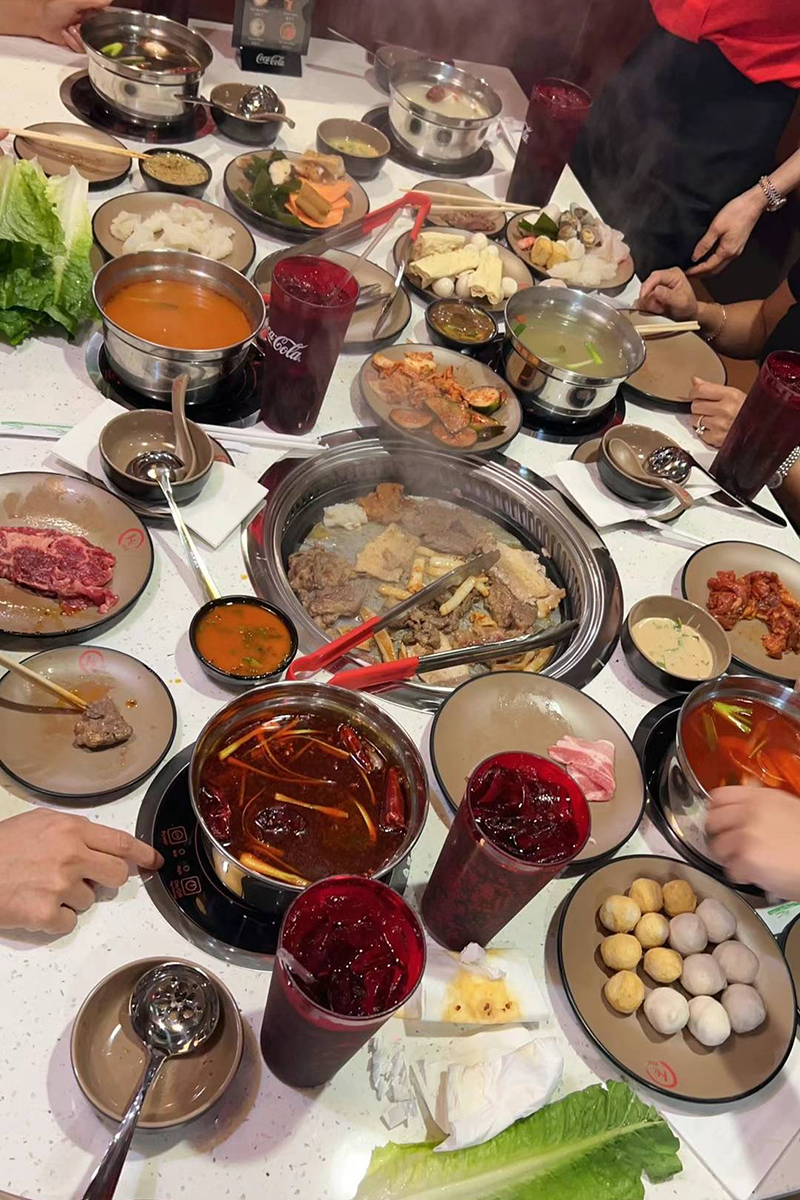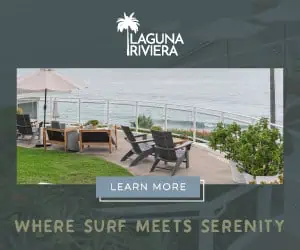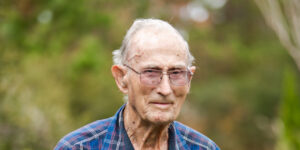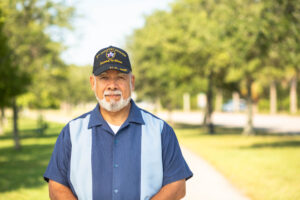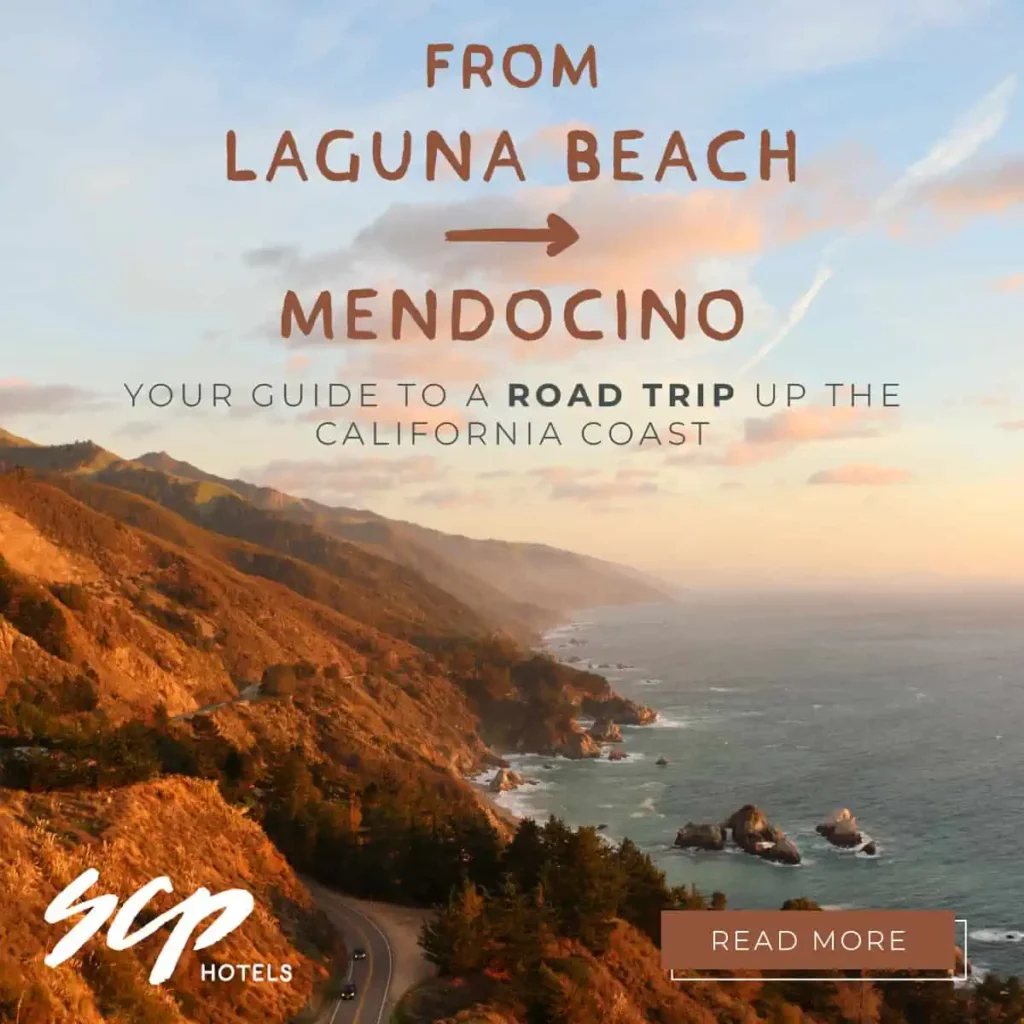Retired Marin Corp Navy Pilot, Vietnam Veteran, and Owner of Manifest Design with His Wife, Connie
Celebrate Our Veteran gives voice to the stories of the U.S. military veterans living amongst us. The actions of these brave and dedicated people, who have served our country both in active military duty as well as administrative positions, have and continue to contribute to the protection and preservation of us and our country.
We hope that this section of our paper is an opportunity for our community to hear and see veterans with new eyes, and for veterans to receive recognition and honor for their experiences and life journeys.
This month’s Celebrate Our Veteran recounts the story of William Lincoln as told in his own words.
by Melissa LaScaleia
“I was born in Bridgeport, Connecticut in 1944. My father and uncles all served in WWII. My grandfather was a first lieutenant in France during WWI, and among the first to go to war.
He was in the Rainbow Division— that division of National Guard units from across the country that were formulated into one unit and deployed overseas at the start of the war.
I remember the way I felt when all the veterans were returning from WWII. The men who served were real men, and I admired them for it and wanted to be like them.
In 1952, my father took me to a movie staring John Wayne, called Flying Leathernecks. It was about marine corps pilots in the pacific in WWII. And I decided that at that point that that was what I’d like to do— to become a Marine Corp Navy Pilot. The draw for me to join the military was the patriotism as well as the planes, because I was always fascinated by airplanes.
Fortunately I had good eyesight and a strong body, which you need to be able to pass the flight physical, as it’s very stringent. I graduated from college in 1968 in Memphis, Tennessee, and took my flight physical at Millington Naval Station in Tennessee. There’s also a very stringent written test. Then, I interviewed with the marines to become a naval aviator, and I was selected to attend Marine Corps Office Candidate School in Quantico, VA.
It was a very difficult 10-week-long program which involves physical stamina— like running cross country 15-20 miles in full military gear— as well as mental testing. Only 60% of the people who are accepted to the program pass and become second lieutenants.
I passed, and in November 1968, I was appointed second lieutenant in the U.S. Marine Corps. The following week I reported to Pensacola, FL and began instruction as a Naval Aviation Officer Candidate. Again, an extensive process, with testing with flying.
The first part is to pass a series of mathematical tests. That took 2-3 weeks. Then you received your flight gear, then took courses in aerodynamics and pre-flight training before stepping into an airplane.
My first flight was in early December 1968; the aircraft was a T-34 Mentor. After a period of 50 hours I was sent back to the main base for additional training in aircraft engines, survival school, meteorology, more math and water survival training.
The latter included swimming a mile in your flight gear plus training in the Dilbert Dunker. The Dunker is a mock airplane designed to teach pilots how not to drown if they have a crash water landing. The plane goes down a slide with you inside, and turns upside down in the water and you have to figure out how to get out of it. In training we lost one pilot a week.
Then I transitioned into a T-28 aircraft, a high-performance fighter plane, as a primary Navy trainer. After 55 hours or so, after doing aerodynamics and acrobatics, then I was ready for carrier qualification— to land on an aircraft carrier. You have to make 6 unassisted landings to become qualified. I did it on the U.S.S. Wasp, a WWII carrier that was still in active service. And on September 13, 1968, I became a qualified Marine Corp Aviator.
Then I went into helicopter training, which involved flying Jet Ranger and “Huey” helicopters. In January 1970, I was a Naval Aviator, and reported to a Marine Corp Air Station in New River, North Carolina. After six months, I qualified as a CH-46 helicopter co-pilot.
In July 1970 I was sent to Vietnam. I served on the U.S.S Iwo Jima and my squadron was HMM165. This is the famous squadron that rescued all the Americans at the fall of Saigon.
I was 25-years-old at the time. The war was trending down, although there was still a ton of fighting. My job was to support a Marine Corp battalion landing team— it was our job to fly the Marines in and fly them out and take supplies to them.
One of the most exciting things that happened was in the Gulf of Siam, south of South Vietnam. One of the aircrafts in my squadron had an engine failure and crashed into the water. I was flying overhead in a helicopter and saw it, and flew down to help the people coming out of the airplane, when another navy helicopter started backing into me because it didn’t see me. In a split second I managed to avoid them and avoid a collision. But there’s a Naval Aviation Safety Magazine that comes out once a quarter, and has a picture of that event.
One of the missions we were assigned was to invade the Dinn Airfield, in North Vietnam, with a battalion landing team off our ship. It was a very dangerous mission, and as we went in off the shore, we were called back at the very last minute.
I went there in July and came back the following September; I was there about ten months. When I came back to Marine Corps Air Station New River, I was made an instructor pilot, teaching young pilots how to fly the H-46 helicopter. As an instructor pilot, I taught Marine Corp generals and colonels. And as an aide to our group commander, I met John Glenn. He was the first American to orbit the earth in a rocket.
I was promoted to captain, and ended my service in the Marine Corps in 1974.
I was hired by Ross Perot to work for one of his companies, called EDS. He would interview all of his prospective new employees personally, and hire them personally. When I met him, he had a poster behind his head that read, “Chickens flock but eagles are hard to find.” And it encapsulated his philosophy and standards of excellence— to be an eagle.
He was a former Naval officer, so we spoke the same language. He’s also a great patriot. It was a very nice meeting between us. He had a stock brokerage company, and trained me to be a stock broker. At that time, I lived in San Francisco.
I eventually worked for a company in Chicago, called Wilton Tool Corporation. Then after that, I started my own company called Grove Engineer Products in Ohio, and sold that in 2012.
I met Connie, my now wife, and she lived in Wilmington, NC. So I eventually moved there. We started Manifest Design together, and recently relocated our lives and our business to Myrtle Beach.
As a result of my training, I hold a commercial pilot’s license in fixed-wing and helicopters with an instrument rating. I’m a member of the Daedalians Club, a group of former military pilots who promote aviation.
I would say that the highlight of my military career was being promoted to captain in the Marine Corp.
Becoming a carrier pilot is something very few people are able to accomplish. The only regrets I have are my friends I lost, listed on the Vietnam Veteran’s Wall.
There’s a camaraderie between veterans, no matter what conflict they were a part of. I’m very comfortable talking with WWII and Korean veterans, and enjoy the exchange of stories.”


